In the high-octane world of motorsports, where split-second decisions can mean the difference between victory and defeat, the steering wheel serves as the primary interface between driver and machine. While most racing series feature steering wheels cluttered with dials, buttons, and prominently displayed RPM gauges, Formula E and some prototype categories have taken a radically minimalist approach—eliminating the tachometer altogether. This seemingly counterintuitive design choice hides layers of strategic and technological sophistication that redefine how drivers interact with their vehicles.
The Disappearing Dial: Why RPM Meters Became Redundant
Traditional racing disciplines rely heavily on internal combustion engines, where monitoring revs is critical to prevent over-revving and optimize gear changes. The rising pitch of an engine’s roar cues drivers to upshift, while the tachometer’s needle dancing toward the redline provides a visual backup. However, electric racing series like Formula E upend this paradigm. Electric motors deliver near-instant torque and operate efficiently across a much broader RPM range, making the concept of a "redline" almost irrelevant. Without the auditory feedback of a screaming engine or the need to guard against mechanical overrevving, the tachometer loses its purpose.
Data Overload vs. Cognitive Simplification
Modern race cars generate terabytes of data, but bombarding drivers with unnecessary information can be detrimental. Steering wheels in Formula E, for instance, prioritize real-time energy management displays over RPM readouts. Drivers must constantly balance battery consumption against lap times—a calculus far more complex than tracking engine revs. By removing the tachometer, designers force drivers to focus on the metrics that truly matter: regen levels, battery temperature, and remaining energy. This shift reflects a broader trend in motorsport UX design: less clutter, more intentionality.
The Haptic Revolution: Feeling the Machine
Without auditory or visual RPM cues, electric race car drivers increasingly rely on haptic feedback. Steering wheels vibrate or resist subtly to signal optimal shift points (in multi-speed transmissions) or warn of traction loss. This tactile language allows for faster reactions than glancing at a dial. Some teams even experiment with pressure-sensitive grips that change resistance based on energy deployment. These innovations suggest that the future of racing interfaces lies not in mimicking analog gauges, but in creating an immersive, intuitive dialogue between human and machine.
Psychological Implications: Trusting the System
The absence of a tachometer also speaks to a cultural shift in racing. Younger drivers raised on simulators adapt quickly to streamlined digital interfaces, while veterans occasionally struggle with the loss of familiar analog cues. This generational divide highlights how racing’s sensory vocabulary is evolving. When McLaren tested a prototype steering wheel without an RPM display, their sim data showed rookies adapted 30% faster than seasoned drivers. The lesson? As cars grow more autonomous in their management of powertrains, drivers must learn to trust algorithms over instinct—a transition as profound as the switch from manual to automatic gearboxes.
Road-Ready Trickle Down: What Street Cars Can Learn
This philosophy is already influencing consumer EVs. Many modern electric vehicles hide or eliminate traditional RPM gauges, replacing them with power meters or regen efficiency indicators. The Tesla Model S Plaid’s yoke steering wheel, controversial as it is, follows this motorsport-inspired minimalism. As road cars incorporate more autonomous features, the driver’s role may shift from micromanaging mechanics to overseeing system health—exactly the transition racing has pioneered. The disappearance of the tachometer isn’t just a quirk of electric racing; it’s the first step toward reimagining how humans and machines collaborate at speed.
From the tracks of Monaco to suburban driveways, the humble tachometer’s decline marks a quiet revolution. In its place emerges a new language of performance—one spoken in kilowatts, battery percentages, and the silent hum of electric potential. Racing, as always, leads the charge.
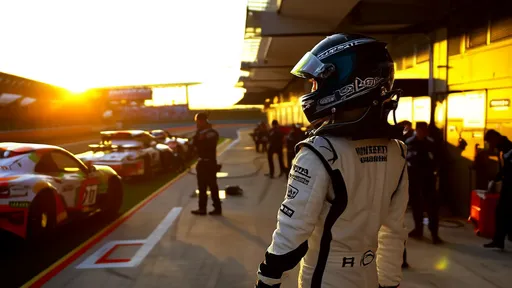
By /Jun 14, 2025
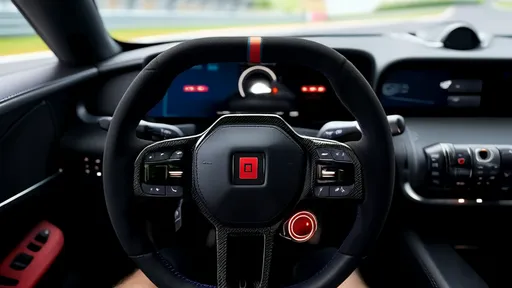
By /Jun 14, 2025
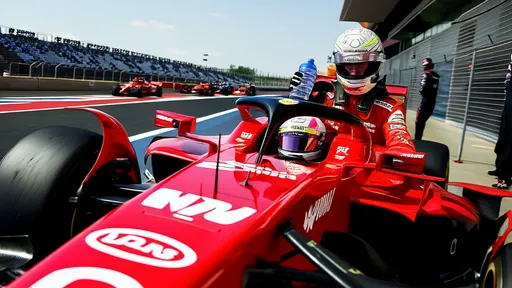
By /Jun 14, 2025
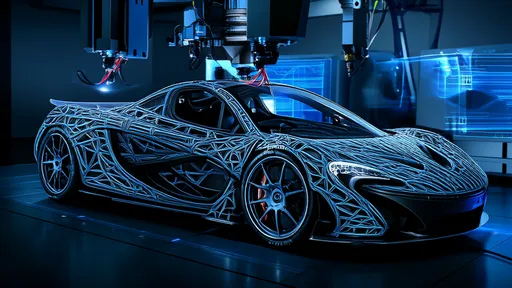
By /Jun 14, 2025
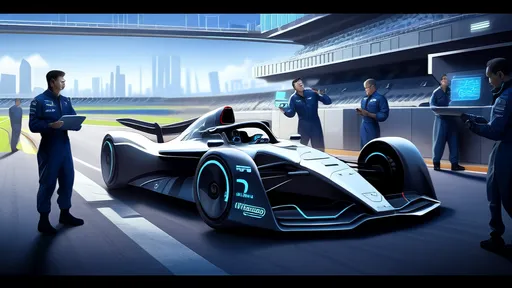
By /Jun 14, 2025

By /Jun 14, 2025

By /Jun 14, 2025

By /Jun 14, 2025

By /Jun 14, 2025
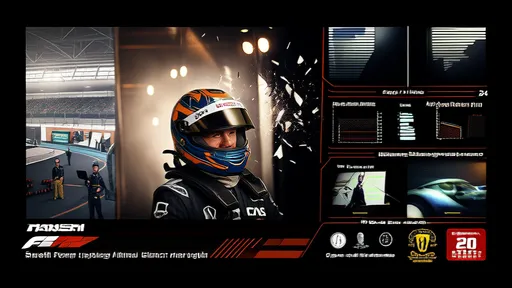
By /Jun 14, 2025

By /Jun 14, 2025
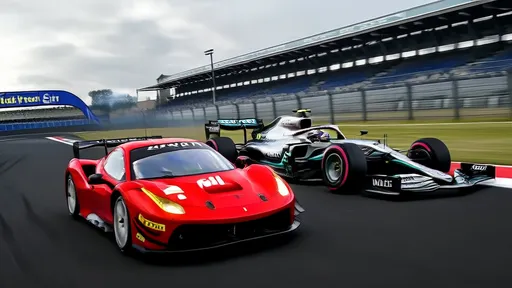
By /Jun 14, 2025
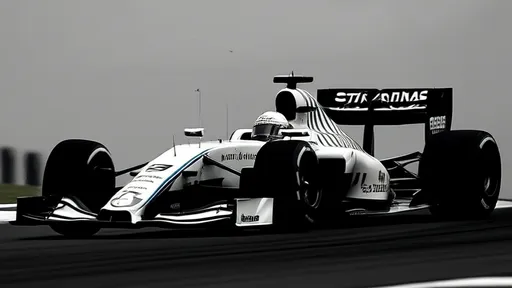
By /Jun 14, 2025
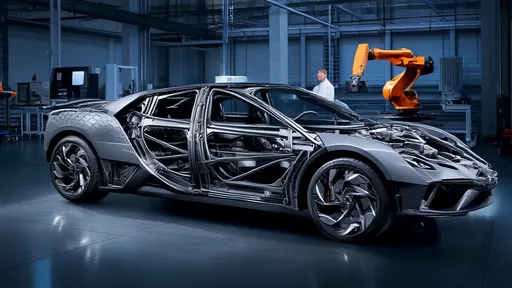
By /Jun 14, 2025

By /Jun 14, 2025

By /Jun 14, 2025
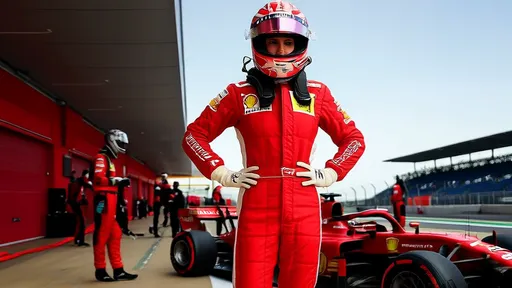
By /Jun 14, 2025